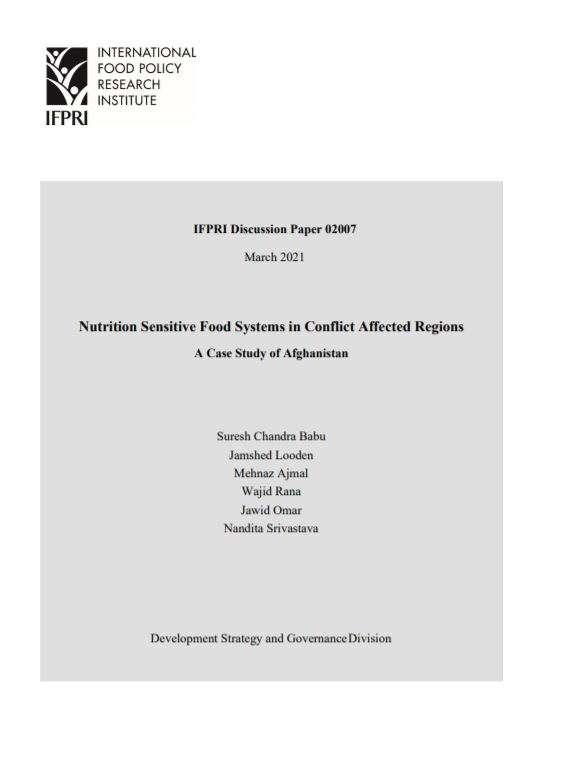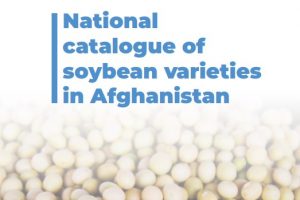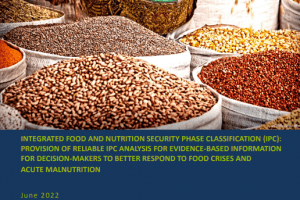The food systems approach can contribute to food security and reduced malnutrition levels by identifying key investments and policies throughout the food system, including production, processing, marketing, and consumption of food. However, in countries facing fragility and conflict, it has proven difficult to implement such an approach and achieve the desired results. This has been the case in Afghanistan, where high levels of malnutrition stem in part from an undersupply of nutritious food. Multi-sectoral approaches to promote nutrition sensitivity and achieve diet-based solutions have also had only limited impact. This paper reports on an analysis of the nutrition sensitivity of food systems in Afghanistan using multi-sector consultations and gap analyses to examine two key food and nutrition policies, the National Comprehensive Agriculture Development Priority Program and the Afghanistan Food Security and Nutrition Agenda. It highlights gaps in the policies and identifies investment priorities to make food systems more nutrition sensitive. The results show that instilling nutrition sensitivity into the operation of Afghanistan’s food systems can only be accomplished if certain key measures are incorporated into the food system. These include addressing the absence of knowledge in the population regarding healthy diets, the lack of sufficient food for vulnerable populations, weak irrigation systems, capacity constraints at individual and institutional levels, data challenges, and weak natural resource management. In addition, the above weaknesses are compounded by the continued violence and conflict-induced insecurity, weak government, and inadequate investments. Given the role of different sectors in contributing to improved nutrition, appropriate and effective multistakeholder coordination and collaboration is paramount to such efforts.
Nutrition Sensitive Food Systems in Conflict Affected Regions-A Case Study of Afghanistan
May 19, 2021
48 Views
2 Min Read

-
Share This!




Add Comment